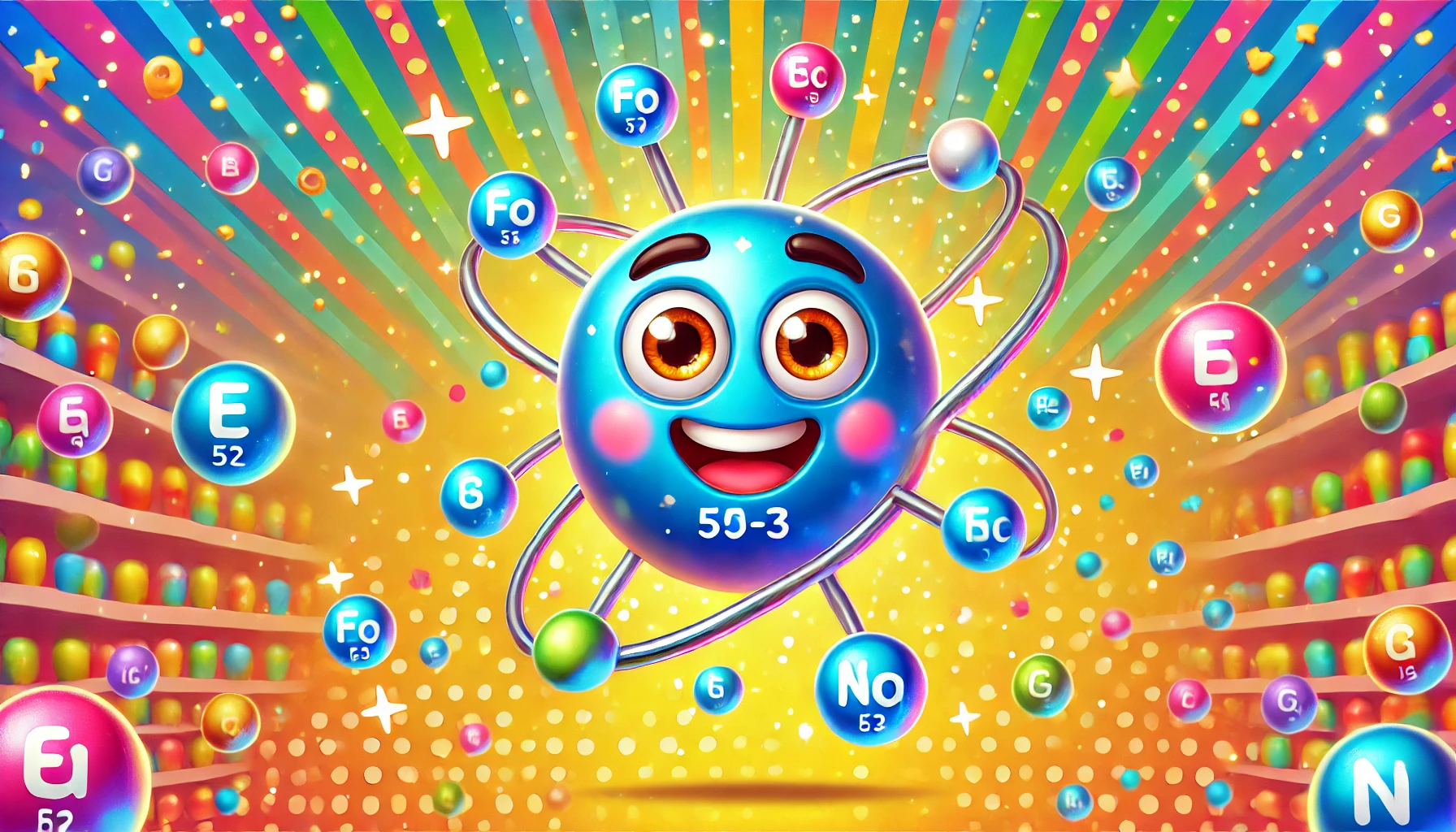Understanding Iodine: Properties, Uses, Health Risks, and Fascinating Facts
Understanding Iodine: Properties, Uses, Health Risks, and Fascinating Facts
Table of Contents
- Introduction to Iodine
- Properties of Iodine
- Uses of Iodine
- Health Risks of Iodine Exposure
- Interesting Facts about Iodine
- Environmental Impact of Iodine
- Conclusion
- References
Understanding Iodine: Properties, Uses, Health Risks, and Fascinating Facts
Introduction to Iodine Iodine is a chemical element with the symbol I and atomic number 53. It is a halogen that plays a crucial role in various biological processes and industrial applications. Known for its antiseptic properties and importance in thyroid function, iodine is an essential element in health and industry. This article explores the properties, uses, health risks, and interesting facts associated with iodine, providing a comprehensive understanding of this vital element.
Properties of Iodine Iodine is characterized by several distinct physical and chemical properties.
Physical Properties
- Appearance: Iodine is a lustrous, purple-black solid at room temperature.
- Density: The density of iodine is 4.933 g/cm³.
- Melting Point: Iodine has a melting point of 113.7°C (236.7°F).
- Boiling Point: The boiling point of iodine is 184.3°C (363.7°F).
Chemical Properties
- Reactivity: Iodine is moderately reactive, less so than other halogens. It forms compounds with many elements and can act as both an oxidizing and reducing agent.
- Compounds: Iodine forms various compounds, such as potassium iodide (KI), iodine monochloride (ICl), and iodoform (CHI₃).
Uses of Iodine Iodine has numerous applications across different industries due to its unique properties.
Health and Medicine
- Thyroid Function: Iodine is essential for the production of thyroid hormones, which regulate metabolism. Iodine deficiency can lead to goiter and other thyroid disorders.
- Antiseptics: Iodine solutions, such as povidone-iodine, are used as antiseptics to disinfect wounds and surgical sites.
- Radiology: Radioactive iodine (I-131) is used in medical imaging and treatments for thyroid cancer and hyperthyroidism.
Food and Nutrition
- Iodized Salt: Iodine is added to table salt to prevent iodine deficiency in populations, particularly in areas where iodine is scarce in the diet.
Industrial Applications
- Catalysts: Iodine compounds are used as catalysts in various chemical reactions, including the production of acetic acid and certain polymers.
- Dyes and Pigments: Iodine is used in the manufacturing of dyes and pigments, providing vibrant colors for textiles and inks.
Electronics
- LCD Displays: Iodine is used in the production of liquid crystal displays (LCDs) for screens and monitors.
Health Risks of Iodine Exposure While iodine is essential for health, excessive exposure or improper handling can pose risks.
Inhalation and Ingestion
- Respiratory Issues: Inhalation of iodine vapors can cause respiratory irritation, coughing, and shortness of breath.
- Gastrointestinal Issues: Ingestion of large amounts of iodine can cause gastrointestinal irritation, including nausea, vomiting, and abdominal pain.
Skin and Eye Contact
- Skin Irritation: Direct contact with iodine can cause skin irritation, burns, and dermatitis.
- Eye Irritation: Exposure to iodine vapors or solutions can cause eye irritation and potential damage.
Chronic Exposure
- Thyroid Dysfunction: Excessive iodine intake can lead to thyroid dysfunction, including hyperthyroidism or hypothyroidism.
Interesting Facts about Iodine Iodine has several intriguing aspects that make it an interesting element.
Discovery
- Discovered in 1811: Iodine was discovered by French chemist Bernard Courtois in 1811 while extracting sodium and potassium compounds from seaweed.
Unique Properties
- Sublimation: Iodine sublimates, meaning it transitions directly from a solid to a gas without becoming liquid, producing a characteristic purple vapor.
- Biological Importance: Iodine is the heaviest element commonly used by living organisms, crucial for the synthesis of thyroid hormones.
Isotopes
- Stable Isotope: Iodine-127 is the only naturally occurring stable isotope.
- Radioactive Isotopes: Iodine-131 and iodine-125 are radioactive isotopes used in medical diagnostics and treatment.
Environmental Impact of Iodine Iodine is not known to have significant environmental impacts, but its extraction and use should still be managed responsibly.
Natural Occurrence
- Abundance: Iodine is relatively rare in the Earth’s crust but is more common in seawater and certain minerals, such as caliche and brines.
- Mining: Iodine is primarily extracted from caliche deposits in Chile and from brine wells.
Pollution and Waste Management
- Waste Management: Proper disposal of iodine-containing industrial waste is crucial to prevent environmental contamination.
Conclusion Understanding iodine, its properties, uses, health risks, and interesting facts provides valuable insight into this essential element. While iodine is crucial for health and has numerous industrial applications, appropriate safety measures should be taken when handling iodine compounds. Its applications in health, food, industry, and electronics highlight its importance in modern society and technology.

<ⓒ WizardMedics (wizardmedics.com)>






